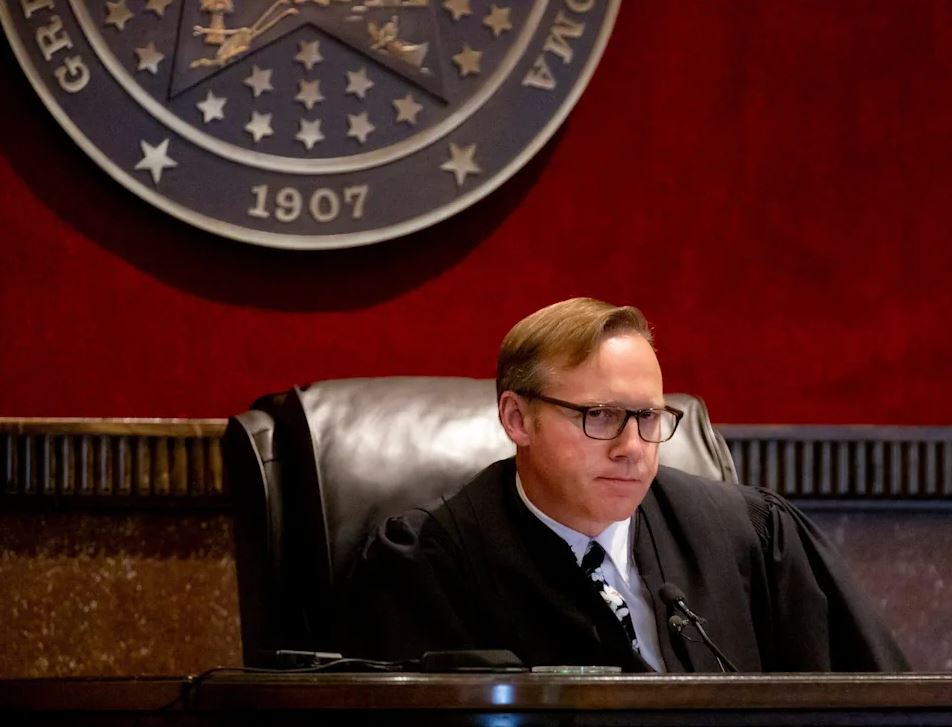Following an appeal by Johnson & Johnson, Oklahoma’s highest court on Tuesday overturned a 2019 verdict that ordered the company to pay the state $465 million for its part in the opioid crisis. Another important legal tactic used by plaintiffs in hundreds of lawsuits seeking to hold the pharmaceutical business accountable for the disaster was dismissed for the second time this month by a federal court in New York.
The Oklahoma Supreme Court rejected the state’s allegation that the corporation violated “public nuisance” statutes by aggressively overstating the advantages of its prescription opioid medicines while downplaying the hazards. The court ruled 5-1 in favour of the firm.
According to the finding, which follows a similar opinion issued on Nov. 1 by a state judge in California, plaintiffs’ expectations for a positive outcome in their lawsuits against opioid makers, distributors, and retailers might be destroyed. The judgement may also give the corporations the confidence to go ahead.
However, since most public nuisance statutes are state-specific in nature, it is uncertain how much of an influence the Oklahoma ruling will have on cases in other states in the future. The ruling of the Oklahoma judges was based on their interpretation of their state’s legislation.
According to official statistics, opioid consumption has been linked to the deaths of around 500,000 individuals in the United States since the late 1990s, and the toll has increased as a result of the Covid epidemic in recent years.
The Oklahoma lawsuit against an opioids producer was the first state lawsuit against an opioids manufacturer to go to trial. The verdict, which was issued in August 2019, served as a reassuring reminder to plaintiffs’ attorneys throughout the nation that their legal approach had a chance of success — despite the fact that the amount of money the business was ordered to pay was far less than the $17 billion requested.
They agreed with the company’s claim that it had not advertised its goods in recent years and had sold off a portion of one of its product lines in 2015, and they accorded this statement significant weight in their decision. The justices ruled that manufacturers could not be held “perpetually accountable” for the items that they create or distribute.
While Oklahoma Attorney General John O’Connor expressed dissatisfaction with the ruling, he said that the state will continue to pursue its other ongoing claims against opioid dealers who have been flooding our communities with these extremely addictive medicines for decades.” Oklahomans are entitled to nothing less.
The judges found that the company’s legal product — prescription opioids licenced by the Food and Drug Administration — was the source of the state’s claims of damage, which they dismissed. Individuals suffered, rather than the whole public, according to the court’s decision.
Other weaknesses in the case noted by the justices were similar to those levelled earlier this month by a California state trial judge who ruled in favour of Johnson & Johnson but did so on different grounds. The corporation, the Oklahoma courts said, had no control over the distribution and use of its product after the medicine had left the company’s jurisdiction — an argument that gun manufacturers have successfully used to dismiss public nuisance lawsuits involving firearms.
The University of Georgia’s Elizabeth Burch emphasised that these two rulings should not be construed too broadly in order to anticipate the outcome of other cases now wending their way through the courts, since other states have their own public nuisance statutes.
She pointed out that the Oklahoma verdict went even farther than the California case, in that it declared that public nuisance legislation could not be utilised against any company in the drug supply chain, including distributors and pharmacies, and that this included pharmacies and distributors.

